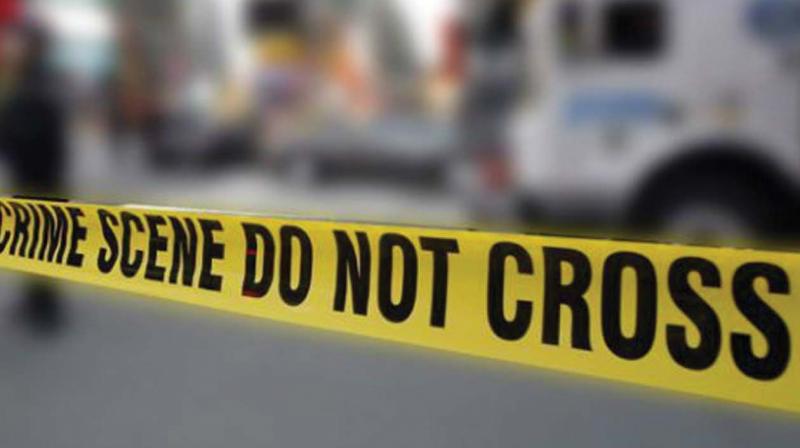Enter the specialist robber...

Thiruvananthapuram: Burglary cases might have dropped but newer entrants specialise in robberies, including chain snatchings. As a result, robbery cases have increased from 725 in 2012 to 903 last year.
On the other hand, burglars, including intestate gangs, have improved their tactics while breaking into buildings. As per senior officials, the modus operandi (MO) register which used to be the core tool while probing burglary cases has now become less significant.
"Earlier, some burglar would cook food in the house after taking valuables. Some others take a bath. Certain others enter houses by bending window grill of the kitchen.
“However, now burglars less often stick to the same MO. The same guy would pour acid and melt the door to enter a house and might storm the kitchen door as well," said Mr Ashok Kumar, Thiruvananthapuram SP.
CCTVs are the first to be broken by masked burglars. So, local police now bank intensively on scientific investigation using finger print verification and forensics.
Due to technological advancement and increased dependency on forensics, identifying those involved in burglary or dacoity (robbery involving five people) has become easier for the police.
After doing a cost-benefit analysis, newer touts opt for robbery. Old masters in the art of burglary continue their work mostly in rural areas.
"Chain-snatching or mobile phone theft can help them earn quick bucks. On the other hand, planning and executing burglary has become a time-consuming affair. There is a higher chance of burglars finding more valuables in modern houses but it is harder to get away unnoticed due to increased population density," said another official.
Modernisation gives police an edge
A retired police officer remembers that there used to be only one sniffer dog for three districts three decades ago. "MLAs and MPs would recommend availing of dogs at specific crime spots.
The lone sniffer dog would be tied up under some tree in AR camps those days. At the crime spot, the dog will get tensed as hundreds of curious people assemble. Today things have changed. There are six to eight police dogs in each district. They come in air-conditioned vehicles and do their job with is. This is where modernisation has helped us," he added.
A sub-inspector of police said that finger print experts and canines could be brought in even if a copper wire is stolen from your premises. "Today, we scan for tower locations around crime scenes and zero in on habitual suspects. Apart from this are CCTV visuals," he said.
A few decades ago, the detection rate was low and conviction rates were mere a 40 to 30 percent. Today, the detection rate stands well over 70 per cent and Kerala flaunts the highest conviction rate in India.

